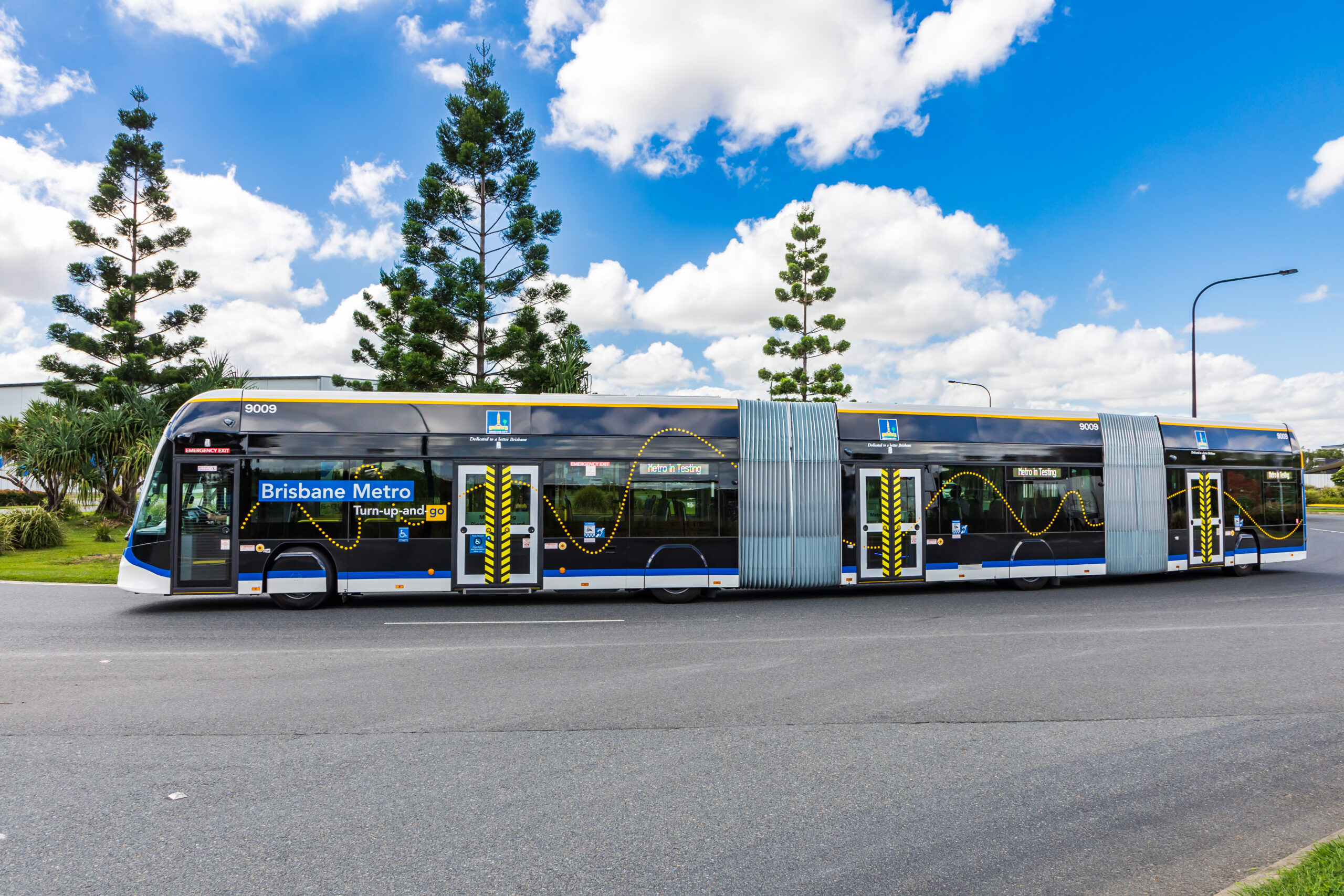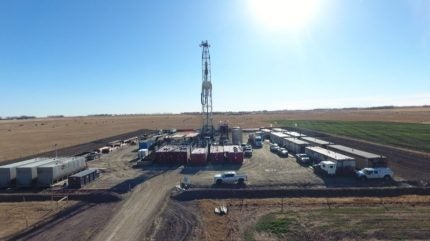
Sign up for daily news updates from CleanTechnica on email. Or follow us on Google News!
The Tesla Supercharger team — what’s left of it — has announced four improvements to the charging experience. Among the improvements are the locations, the length of the charging cables, and upgrades to the charging software in Tesla vehicles. In its Q3 earnings report, Tesla said it had installed 6,706 Supercharger charging points for a total of 62,421 around the world. That is 20 percent more Supercharger locations and 22 percent more charging points than in Q3 of 2023. Tesla Superchargers are considered the gold standard in the industry because of their proven reliability. Compared to the charging points available from other charging networks, Tesla Superchargers tend to work as expected the vast majority of the time, and when one does fail, it is repaired or replaced quickly by competent repair personnel.
However, there have been some issues that have arisen since the Supercharger network was opened up to other drivers and car companies. Electric cars from other manufacturers do not always have the charging port on the left rear corner, and so those non-Tesla vehicles sometimes block charging stations because the short Supercharger cables won’t reach the charging ports of those cars. Although the new V4 generation already has longer cables, these charging points are still rare. That is set to change soon, the Supercharger team says. “Longer cables mean that V4 posts can serve all port locations. In the next 18 months we will have more long cable than short cable Superchargers,” it wrote in a post on social media.
Instead, the team states that the locations will be adapted — or have already been adapted in some cases — to avoid or reduce the number of times an available Supercharger charging point is blocked. “We have modified over 1,500 sites so that drivers never have to use more than 2 charging spaces to charge, increasing stall availability for all.” Another measure is intended to improve the charging experience. Although, its impact is hard to assess, since it depends on what other car manufacturers do. “Since opening up the Supercharger network in Europe in 2021, we’ve encouraged car manufacturers to transition charge port locations to rear left or front right,” says Tesla. “This provides seamless compatibility with 30,000+ short cable Superchargers available to other EVs globally.”
Improved Charging Experience At Tesla Supercharger Locations
Charging planning will also be improved, especially in connection with third party brands. With the latest software update, Tesla says it can “detect when another EV with a charge port located somewhere other than the rear left or front right, is plugged into a short cable Supercharger stall.” That means the car cannot charge at the Supercharger column intended for the parking space, thus effectively blocking two charging columns. One example would be the MEB electric cars from VW, which have the charging connection at the rear right. They can only use the Superchargers with a short cable that actually belongs to the adjacent parking space, which means that two Superchargers are in fact occupied but one is displayed on the Tesla app as being available. “This update ensures no more over-promising of stall availability, so you can travel with confidence,” Tesla says. “We will continuously refine this algorithm to be as accurate as possible, including exact site mapping and faster refreshing of stall availability.”
Another improvement that Tesla has introduced in recent weeks is not mentioned in the current announcement. V4 Superchargers are now also available with V4 cabinets which enable charging at up to 500 kW of power — equivalent to the most powerful DC charging equipment currently available. The first V4 Superchargers have been in operation since last spring in Harderwijk in the Netherlands. The V4 generation is characterized by the higher charging columns and a longer charging cable, which — in a first for Tesla — is attached to the outside of the charging column. The longer cable should make it easier for third party EVs that have a standardized charging port at the rear left to plug in. The payment terminal that non-Tesla drivers will use to pay for their charging session will also be easily accessible.
However, as with the V3 Superchargers, the maximum charging power will remain at 250 kW, because the V4 Posts, as Tesla calls its charging points, are still combined with switch cabinets (or cabinets, as Tesla calls them) from the V3 generation. The bottleneck is therefore not the charger but the control cabinet in the background. That shouldn’t be much of an issue, since there are few electric cars on the market that can accept 500 kW of power. The newest EVs from GM — the Chevy Equinox EV and Blazer EV — are only capable of accepting around 175 kW — a big improvement from the Chevy Bolt but far below what many EVs from other manufacturers are capable of.
Charging Power Varies By Vehicle
The Tesla Semi electric Class 8 tractor will be able to accept up to 1.2 MW of power, Malte Kendel, the authorized representative and manager for EV Charging at Tesla, wrote on LinkedIn recently. The Cybertruck, the first Tesla built on an 800-volt platform, is expected to achieve 30 percent shorter charging times with a V4 charging point compared to a V3 or lower spec unit. The other Tesla passenger cars — Model S, Model X, Model 3, and Model Y — are only able to accept a maximum of 250 kW of charging power.
A V4 cabinet supplies up to eight stalls with power, compared to four stalls per control cabinet for the V3 generation. Tesla will thus need fewer control cabinets for a charging park of the same size in the future. According to Kendel, the V4 cabinets require less space and are less complex, which will help the company to complete new charging parks more quickly. They will also have three times the energy density, and the power electronics will be “designed to be the most reliable on the planet” and will enable a higher throughput at lower costs.
However, it will not be possible to charge eight vehicles simultaneously with 500 kW. Tesla has set the connected load lower for economic reasons. “Posts can peak up to 500 kW for cars, but we need less than 1MW across 8 posts to deliver maximum power to cars 99% of the time,” writes Max de Zegher, who has been part of Tesla’s Supercharger team almost continuously since 2014, in a post on social media. In other words, only in one per cent of cases does a car receive less charging power than it could use itself.
In his post, De Zegher also mentions the “small incremental improvements” that should be noticeable. “The V4 Cabinet has a 2% efficiency improvement. Superchargers already deliver over 5 TWh/year; 100 GWh/year in waste heat that can be saved.” According to Kendel, the first Supercharger sites with V4 cabinets are due to open in 2025.

Chip in a few dollars a month to help support independent cleantech coverage that helps to accelerate the cleantech revolution!
Have a tip for CleanTechnica? Want to advertise? Want to suggest a guest for our CleanTech Talk podcast? Contact us here.
Sign up for our daily newsletter for 15 new cleantech stories a day. Or sign up for our weekly one if daily is too frequent.
CleanTechnica uses affiliate links. See our policy here.
CleanTechnica’s Comment Policy




